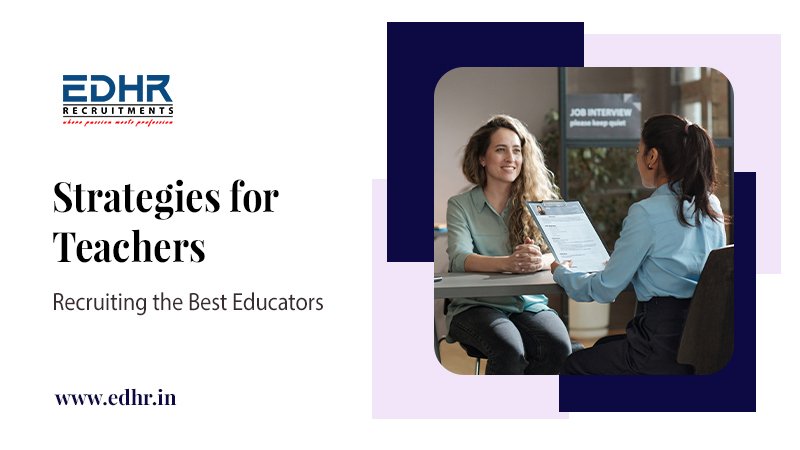Blog Details
Creative Classroom Chart Ideas 2024
-
By EDHR
-
16-Apr-2024
Visual aids play a vital role in the classroom, creating an engaging and interactive environment for students. One such visual aid that has gained immense popularity among teachers is classroom charts. These charts not only enhance learning but also serve as a useful tool for teachers to convey information effectively. In this article, we will explore the importance of classroom charts, the benefits they offer, and how to incorporate them effectively into your teaching strategies.
Benefits of Using Classroom Charts
The benefits of using
classroom charts in teaching are numerous. Firstly, they enhance student
engagement and participation. When students have a visual reference in front of
them, they are more likely to actively participate in discussions, ask questions,
and contribute to the learning process. Classroom charts also promote
collaboration among students. By displaying information that can be referred to
by all, charts encourage students to work together, share ideas, and learn from
one another.
Secondly, classroom charts serve as effective memory aids. When students repeatedly refer to a chart during lessons, the information presented on it becomes ingrained in their memory. This makes it easier for them to recall and apply the knowledge in future lessons and assessments. Classroom charts also promote organisation and structure in the classroom. By having a visible chart displaying the daily schedule, learning objectives, or classroom rules, students are reminded of the expectations and routines, fostering a sense of order and discipline.
How to Incorporate Classroom Charts Effectively
The key to utilising classroom charts
effectively is to make them an integral part of your daily lessons. Here are a
few tips to help you get started:
1.
Plan ahead: Before creating a classroom
chart, identify the key concepts or information that you want to display. Plan
the layout and design of the chart to ensure that it is visually appealing and
easy to understand.
2.
Use visual cues: Incorporate visual cues such
as colors, icons, and images to make the charts more visually appealing and
engaging for students. This will help them better grasp and remember the
information.
3.
Keep it interactive: Encourage student involvement
by making the charts interactive. For example, you can use sticky notes or
movable pieces on the chart to allow students to actively participate and
manipulate the information.
By following these guidelines, you can effectively integrate classroom charts into your teaching strategies and create an environment that fosters active learning and student engagement.
Creative and Innovative Chart Ideas for Different Subjects
Now that we have covered the strategies and techniques for incorporating classroom charts, let's explore some creative and innovative ideas for different subjects. These chart ideas will not only make learning fun and engaging but also cater to the specific needs of each subject.
Math
1.
Number Line: Create a large number line chart that can be
used for teaching addition, subtraction, or other mathematical operations.
Students can physically move along the number line to visualise the concepts.
2.
Fraction Wall: Design a colourful fraction wall chart that
visually represents different fractions. Students can refer to the chart to
understand the relationships between different fractions and their equivalents.
3.
Geometry Shape Chart: Develop a chart displaying various
geometric shapes along with their properties and formulas. This chart can serve
as a quick reference guide for students during geometry lessons.
1.
Life-cycle Charts: Create charts showcasing the life cycles
of different organisms such as plants, insects, or animals. Students can
visually track and understand the various stages of each life-cycle.
2.
Periodic Table: Design an interactive periodic table chart
that provides information about each element. Students can click on the
elements to access additional information, videos, or experiments related to
them.
3.
Scientific Method Flowchart: Develop a flowchart chart
representing the steps of the scientific method. This chart can help students
understand and apply the scientific method in their experiments and
investigations.
1.
Word Wall: Create a word wall chart displaying frequently
used vocabulary words or literary terms. Students can refer to the chart to
expand their vocabulary and reinforce their understanding of different literary
devices.
2.
Story Elements Chart: Design a chart that visually
represents the different story elements such as characters, setting, plot, and
theme. Students can analyze and discuss these elements while reading or writing
stories.
3. Parts of Speech Chart: Develop a chart showcasing the different parts of speech along with examples. This chart can serve as a reference guide for students during grammar lessons and writing assignments.
In conclusion, classroom charts have proven to be invaluable tools for teachers in enhancing student learning and engagement. By incorporating visual aids and interactive elements, these charts create a dynamic and interactive learning environment that caters to the diverse needs of students. Whether it's for behavior management, subject-specific concepts, or promoting student collaboration, classroom charts offer endless possibilities for elevating learning. So, don't hesitate to explore the innovative chart ideas discussed in this article and unleash the power of visual aids in your classroom. Elevate learning and empower your students with these teacher-favourite strategies for classroom charts.
click here to read more blogs
click here to register



















